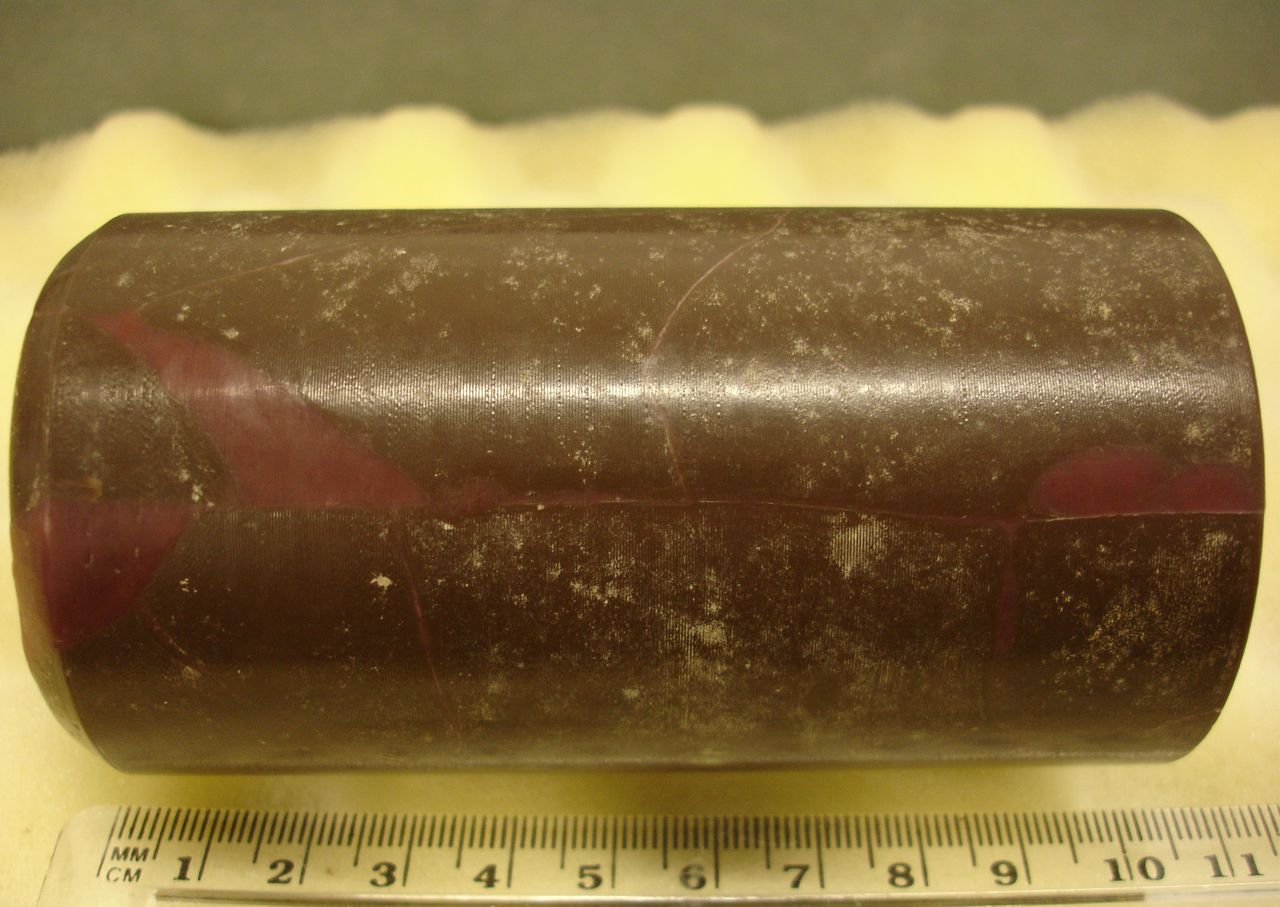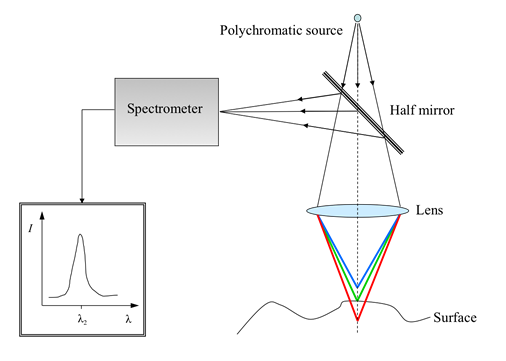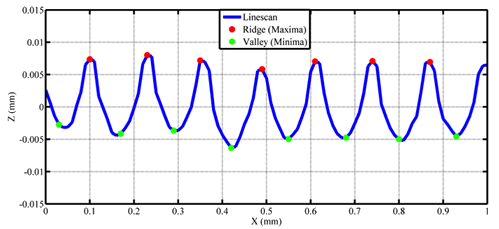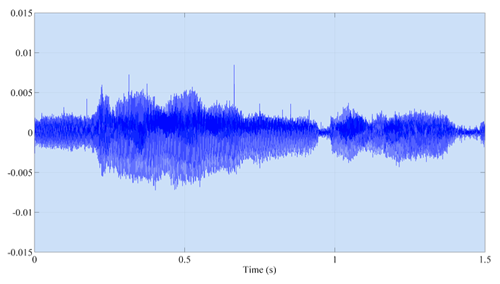How to restore a retro sound? The work of audio archaeologists from Southampton

Damaged wax cylinder, the sound recording of which was restored using modern technologies
There are quite a few archaic sound recording devices in the world. There are also audio recordings made by such devices. By “archaic” refers to recording devices that captured sound on wax cylinders and records. Such devices were relatively widespread in the late 19th and early 20th centuries.
So, the records made by these devices are fragile, and time has made wax cylinders and completely unreadable relics. Such a cylinder would simply collapse before the traditional pickup could be used. But since the issue of restoring the oldest audio recordings is topical, the problem was solved. This solution was the use of an optical scanner.
')
The surface of the cylinder is carefully scanned, and the data obtained are processed in a specially written software. Then use a virtual pickup based on the work of image-to-sound algorithms.
More on Habré previously wrote that this was the way to restore the voice of Graham Bell from the recording made in 1885. Then it was possible to reproduce the sound recorded on tin foil in the Edison laboratory in 1878. But the earliest recording that was able to recover is the sound recorded in 1860 by the Frenchman Edouard-Leon Scott de Martiveville. The inventor recorded the sound on a smoked paper sheet, and not on wax, which complicated the task of restoring sound, but still did not make it unsolvable.
How to restore the sound?
The most advanced technology for recovering sound from various types of surfaces was developed by specialists at the University of Southampton .
At the very beginning of work, experts tested three types of sound recovery technologies:
Polychrome

Laser triangulation

Confocal laser

After a series of discussions, experts concluded that it is best to use the first method, which allows you to restore the sound most fully. Here not only the depth of the track is fixed, but also its shape.
According to the results of the study, this apparatus was built:

The cylinder is placed on the rotor, the lens and the scanner are located on the side, to capture the reflected rays. All this is passed through the spectrometer, and fed to a computer for analysis.

After processing, the sound is already suitable for listening.



Thus, the proposed method of sound recovery does not involve the use of any mechanical methods of acting on a wax cylinder (or any other similar carrier). The goal of the project is the restoration of all the important for science or art of retro-recordings, whatever their degree of preservation.
The resulting sound is in some cases processed by special software to reduce the noise level and highlight the sound track.
Examples of the recovered materials can be heard by clicking on the links:
“Beautiful Birds Sing On” , 1905 (9022: Edison Gold Molded Record)
“Lonesome” , 1909
“My Wild Irish Rose” , 1910
By the way, for comparison, you can listen to the recording restored by the invasive method using a conventional pickup (software noise reduction is used), and the same recording restored using the optical non-invasive method.
Common software noise reduction method
The same sound track restored using the optical method
By the way, there is an opinion that on some surfaces there is a “dead sound”, a kind of track created, for example, during the construction of the plaster by the builder. If the builder sang or talked during work, his trowel vibrated and these vibrations are reflected on the plaster itself. And if this is similar to a track in some way to restore, we can hear the voices of people who lived many hundreds of years ago. Of course, this is from the field of science fiction (and this idea was submitted by a science fiction writer), but the idea is interesting, although it can hardly be used in practice ...
Source: https://habr.com/ru/post/242233/
All Articles